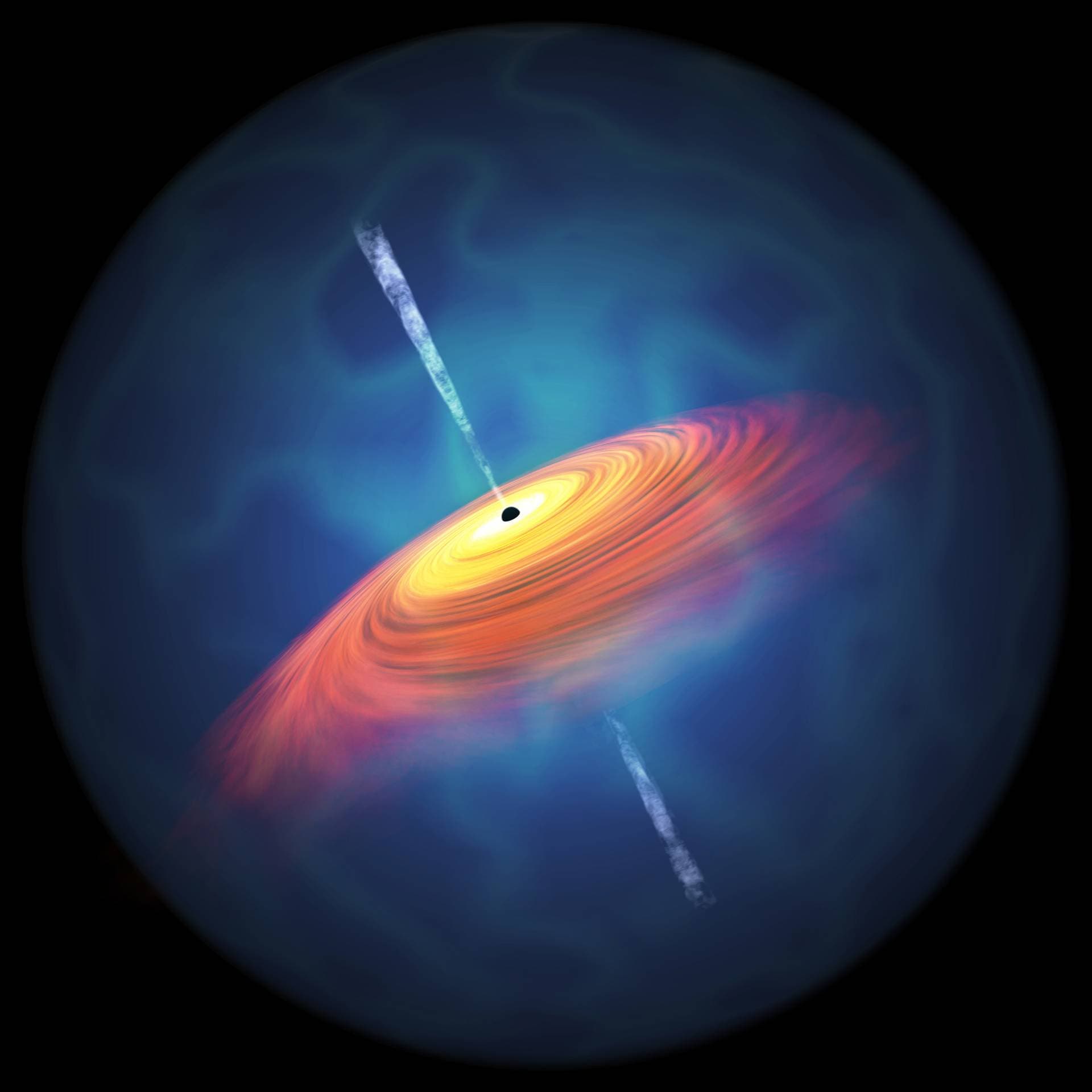Hole Story
An international team of researchers says it's found 83 new supermassive black holes at extreme end of the visible universe — by looking at light that took so long to reach Earth that it dates from the early universe.
"It is remarkable that such massive dense objects were able to form so soon after the Big Bang," said Michael Strauss, a professor of astrophysical sciences at Princeton University involved in the research, in a press release. "Understanding how black holes can form in the early universe, and just how common they are, is a challenge for our cosmological models."
Squad Goals
The discovery was made by 48 astronomers around the world who described the findings in five new papers in The Astrophysical Journal and the Publications of the Astronomical Observatory of Japan.
The finding was based on data taken with the Hyper Suprime-Cam, a "cutting-edge instrument" at the Subaru Telescope at the National Astronomical Observatory of Japan, in Hawaii, which the researchers combined with readings from three more powerful telescopes around the world.
Quasar Theory
The newly-discovered black holes are quasars, which shoot out matter in powerful jets. The researchers are hoping that more datagathering and analysis will shed light onto how some of the earliest quasars in the universe formed.
"The quasars we discovered will be an interesting subject for further follow-up observations with current and future facilities," said Yoshiki Matsuok, a researcher at Ehime University who worked on the discovery. "We will also learn about the formation and early evolution of [super massive black holes], by comparing the measured number density and luminosity distribution with predictions from theoretical models."
More on black holes: New Image Confirms a Black Hole is Swallowing Our Galaxy
Share This Article
